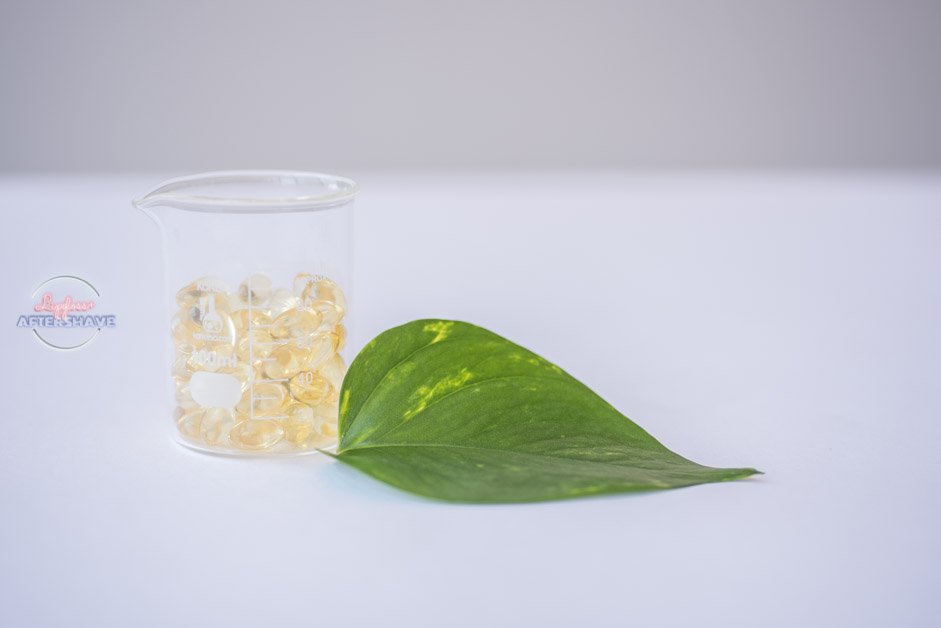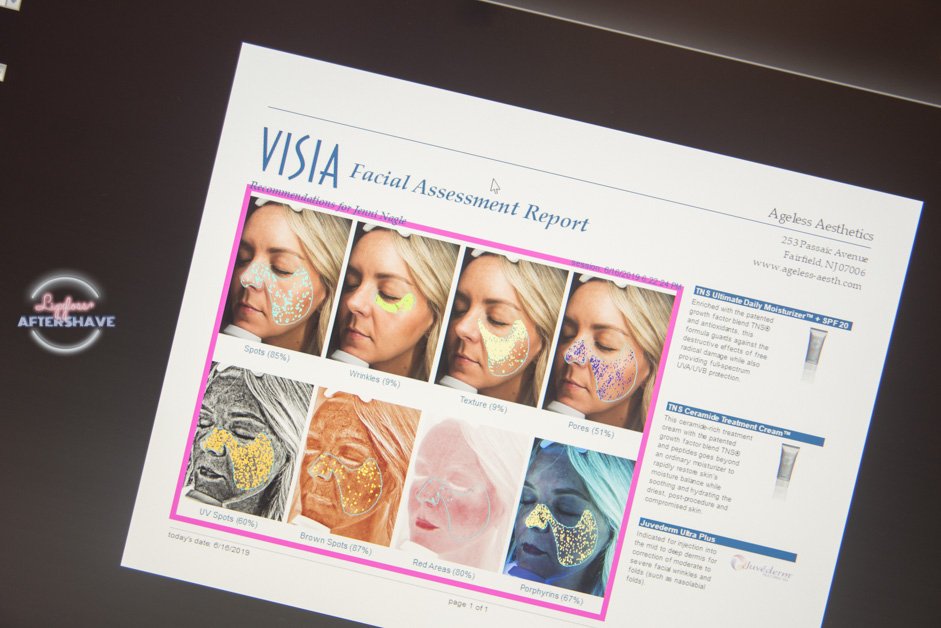By Erin Madigan-Fleck NMD, CDT,LEI, LMC
Barry Eichner provides [color comentary, to help navigate this dense, fact filled article]
Free radicals represent a collection of chemical species numbering in the hundreds that contain one or more unpaired electrons and are capable of an independent existence.
[ok, we’ll pause until you let that sink in…]
Free radical formation occurs continually in the body and in the cells as a consequence of enzymatic and non-enzymatic reactions.
[another pause….]
Free radicals can arise from normal metabolic responses or from external sources in the environment. Many of these oxidative species can damage virtually every part of a cell including the nucleus and DNA which can translate into faulty transcription and result in accelerated aging.
[that right there is the MONEY statement]
Among the sources of environmental free radicals, it is estimated that up to 80% of UVR [ultraviolet radiation] is responsible for the development of skin cancer and accelerated aging.
UVR [ultraviolet radiation] activates the insidious photochemical generation of the ROS group: superoxide anion, hydrogen peroxide, hydroxyl radical, and singlet oxygen species all of which are absorbed into the cells and DNA.
[stop… read that again….]
Oxidation of DNA can cause protein crosslinking, cell mutations, and other morphological transformations. A single acute dose of UV radiation can cause destruction of enzymatic and non-enzymatic antioxidants immediately after radiation and may take from 1 hour to 120 hours for rebound with considerably slower activity in the dermis, and likely include damage to dermal mitochondria.
[was once enough? you need to go over that again…..]
The ROS singlet oxygen free radical has been shown to induce strand breakage in DNA thus creating functional decline and cellular loss.

Oxidative stress is a balancing act between the critical cohesion between free radical generation and antioxidant defenses and can cause damage to several structural cell components including lipids, (lipid peroxidation) proteins, and nucleic acids.
[breathe, and read it one more time….]
Antioxidants have been shown to decrease the damage from oxidative stress however require continual uptake metabolically for the prevention of free radical damage.
Take your skincare consultations to a new level! Computerized imaging of dark spots, fine lines and pore size with VISIA® Skin Analysis from Canfield Scientific!
CLICK to Learn More About VISIA® Skin Analysis

Antioxidants are molecules stable enough to donate an electron to a free radical and neutralize its activity by reducing its capacity to produce damage.
[Ok, you got that! That was easy….]
Preventive antioxidants suppress the formation of free radicals and activate defense systems at various levels such as preventative, radical scavenging, repair and adaptation. Antioxidants can delay or inhibit cellular damage such a s lipid peroxidation via their scavenging properties. Enzymatic antioxidants and non-enzymatic antioxidants modulate free radical reactions by reducing the levels of lipid hydroperoxide and hydrogen peroxide thus preventing lipid peroxidation. Antioxidants can interact with free radicals and terminate the chain reaction before vital molecules are damaged thus maintaining the structure and function of the cell membrane.
The most effective antioxidant synergies utilized both topically and systemically are:
Vitamin C – Extensive removal of free radicals and repair of oxidized vitamin E
Vitamin E – Neutralization of singlet oxygen in the cell membrane & prevention of lipid peroxidation.
Resveratrol – Inhibition of UV induced radiation and DNA mutation
Epigallocatechin gallate ECGE (Green tea) – Inhibits ROS & lipid peroxidation
Lipoic Acid – Free radical neutralizer, repairs the endogenous anti-oxidant systems
The skin may absorb antioxidant nutrients via diffusion and intercellular signaling pathways, offering multi-faceted levels of protection depending on the antioxidant itself, dosage and absorption parameters.
The skin’s instinctive repair capabilities are equipped with enzymatic antioxidants such as superoxide dismutase, catalase, glutathione peroxidase, vitamin E isoforms, vitamin C and ubiquinol. Other nutrients held within the skin are lycopene, carotene, lutein, zeaxanthin, and ascorbic acid – interestingly, the epidermis holds a greater amount antioxidant than the dermis due to light exposure and the skins instinctive response for protection.
[Erin just dropped her Mic and walked off stage!]
Did this article spark questions? Email Erin!
 Erin Madigan-Fleck NMD, CDT,LEI, LMC
Erin Madigan-Fleck NMD, CDT,LEI, LMC
Dr. Madigan-Fleck brings over 30 years of experience to the aesthetic and natural health industry – she is a licensed esthetician / master cosmetologist, licensed esthetic instructor, and a certified dermatology technician. Dr. Madigan-Fleck has studied esthetics in France and Belgium…Read More.
